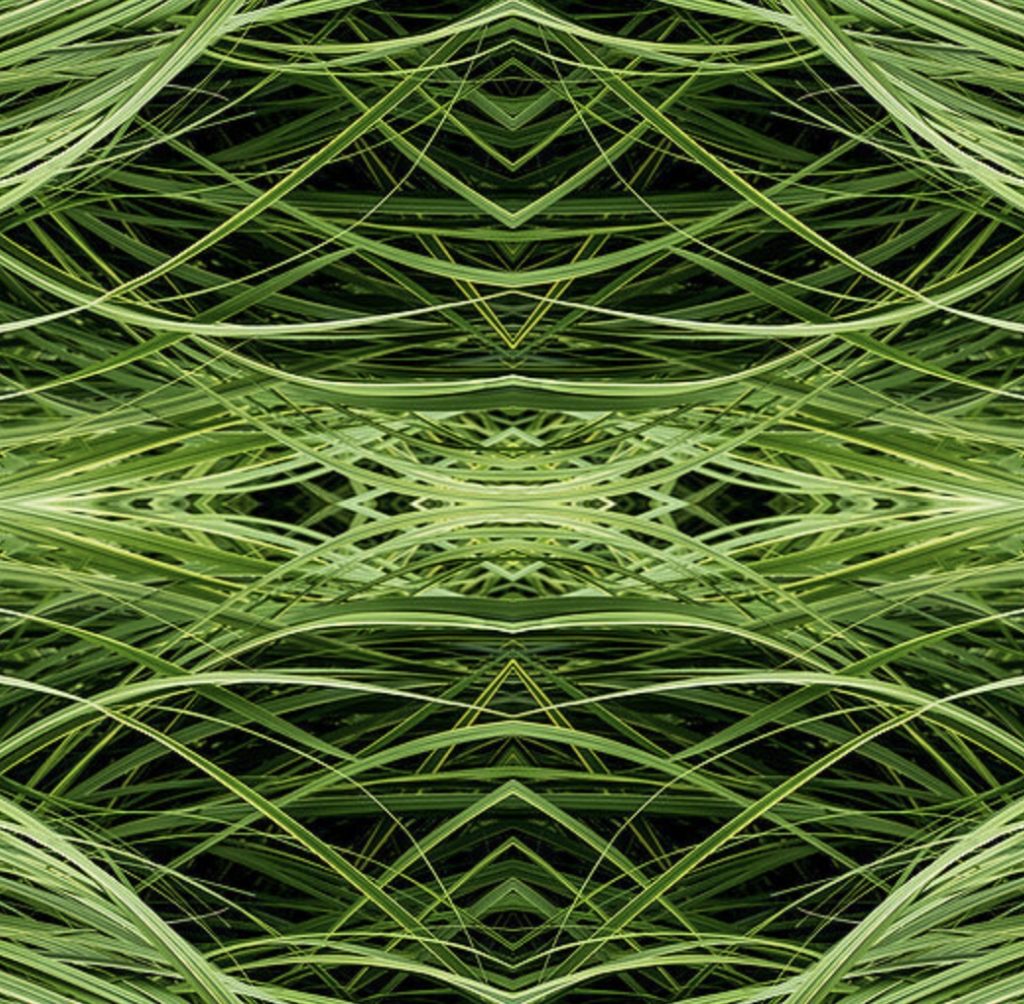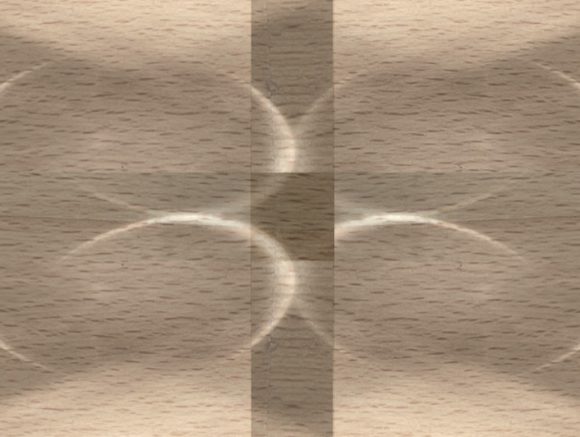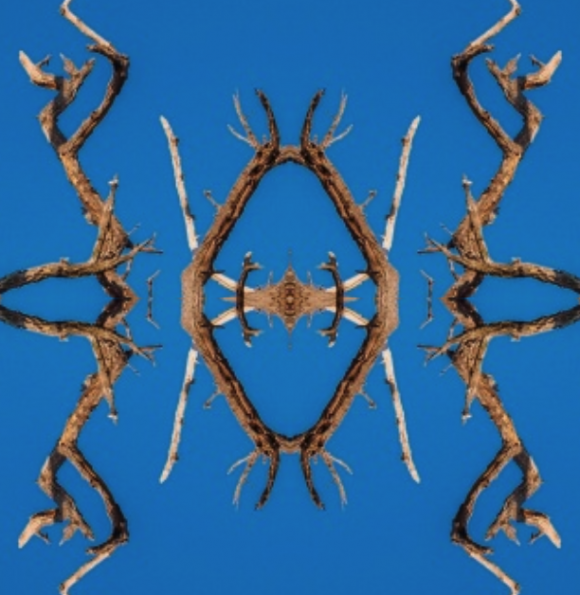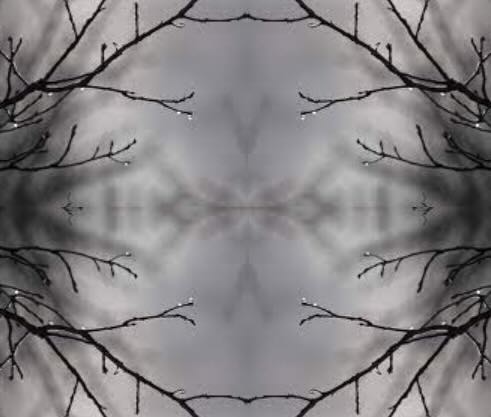How can it be that the dynamic (and the interdependencies) are built into the ideas of Spirit and Anima?
For this to be the case, the very formulation of the ideas must entail (or at least strongly imply) them. What’s more, it cannot simply be the abstract terminology, the conceptual definitions which differentiate the ideas: the dynamic and interdependencies must be woven into their symbolic content, too. Thus when the ideas are experienced metaphorically, the dynamic and the interdependencies must be intelligible from this, their metaphoric expression, too.

So the question is whether these archetypal ideas really contain the dynamic, the interdependencies which Jung traces, in their very formulations and in their symbolic content. Let’s examine some specific points in case.
1. Spirit is the archetypal idea of a hidden meaning behind chaotic life, and from this formulation we can extract a few important elements.
First, of course, there is a certain order implied, expressed by the “behind”: Spirit is discovered after experiencing chaotic life, and if it is hidden, it is hidden behind the latter (which means that in terms of the process of understanding these ideas, the hidden meaning is farther removed from us than any foregoing experience of life’s chaos).
Secondly, “chaotic life” is shorthand for the other archetypal idea we’re looking at: the Anima. It sums up the enlivened, the unpredictable, the eventful — in short, the turmoil we experience when we stop following those ruts given from the outside which we have adapted to in order to form a Persona (the mask we show the social world), engaged with the Shadow, and grown into actually living our life. This is no longer an ordered process (in contrast to the adaptation into a Persona), and to a high degree, we’re not in control of it. We’re experiencing, thus, “chaotic life”.
But, thirdly, there is constantly an intimation that none of this is entirely random, either: that there is meaning in everything which happens (albeit a meaning that is hidden from us).
She [the Anima] is chaotic urge to live, but besides that something strangely significant also inheres in her, a secret knowledge or concealed wisdom […] behind all the cruel games with human fates is something like a secret purpose, which seems to spring from a superior awareness of the laws of living.
Sie [die Anima] ist zwar chaotischer Lebensdrang, aber daneben haftet ihr ein seltsam Bedeutsames an, etwas wie ein geheimes Wissen oder eine verborgene Weisheit […] hinter all dem grausamen Spiel mit menschlichem Schicksal [steckt etwas] wie eine geheime Absicht, die einer überlegenen Kenntnis der Lebensgesetze zu entsprechen scheint.
GW IX/I, §64.
This intimation is hard to grasp, however; and Jung’s work itself reflects that: whereas the dynamics that shape the Persona and Shadow are outlined with great clarity in his writings (e.g. the Two Essays; GW VII), the connections between Anima and Spirit are rather just gestured at in his later essays, and it appears that he made various attempts from different angles, none of which was entirely satisfactory.
In any case, Jung says in various passages (e.g. at GW VII, §378) that spirit “becomes visible” or “emerges” from the chaos that is the chaos of life (represented by Anima). And this of course means that in the process of psychological development, when an individual begins to engage with the contents of the unconscious that are connected with the archetypal patterns of the Anima, the more these contents become conscious, and the more the Anima is thus transformed from an unconscious possession to a psychological function, the more likely it is that the individual can understand that behind the Anima (“hidden” behind chaotic life, as it were) there is another, quite different archetypal pattern which is even less conscious initially, but nonetheless can exert an influence, too. That is Spirit, of course, and Spirit is thus “hidden”.
2. Spirit is not just a sense of any form of meaning, but a sense of a meaning hidden, and the hiding is psychological, done by soul; Anima is chaotic not merely in a vague sense, but specifically in a way that is covering up the structures of meaning. This interconnection between them is what makes it so hard to arrive at the hidden meaning — one has to go through the realm of soul.
It is Anima, as “chaotic life”, which does the hiding. Once an individual begins to make the Anima’s contents more conscious (during the process of individuation) we gradually move towards a situation where the hidden Spirit patterns (i.e., meaning) can appear. We have already seen this, metaphorically expressed, in the notion that there must be a withdrawal from daily, social, waking life and towards Hades (the hidden, invisible realm): the nekyia. The nekyia is a trip into the depths of soul, but at the same time a withdrawal from life. Moving towards a place where spirit can be found, then, is paradoxically both a turn towards soul (into its hidden depths, symbolized by Hades) and a turn away from soul (in the processes of withdrawal) from chaotic life.
But of course Anima (as standing for “chaotic life”) cannot at the same time signify the realm of soul where you get when you withdraw from her. The depths symbolize, not soul, but its capacity to hide; Hades personifies neither soul nor spirit: Hades stands for the fact that spirit is hidden behind soul; and also for the path that leads an individual into hidden depths (i.e., becoming aware of dreams, developing intuition, gaining spiritual awareness, and so on).
And this, in fact, does show up in the metaphoric expressions. For instance, Hillman makes a lot of the invisibility attributed to Hades (e.g. in DU, 27-29), and more broadly he sees the confusions of soul in connection with hiddenness or invisibility, inherent richness (“[o]ur internal confusions are a latent richness”; RVP xxi). Hades is also, in more modern psychological terms, crucially connected to the midlife transition: “At the crux of midlife liminality is the experience that is imagined, dreamt, and felt as existing in a land of the dead.” (Stein, In Midlife, 108).




[…] Ego-Shadow-Anima-Spirit in Jung’s typical layout. And I have said that these connections must be built into the archetypal ideas […]